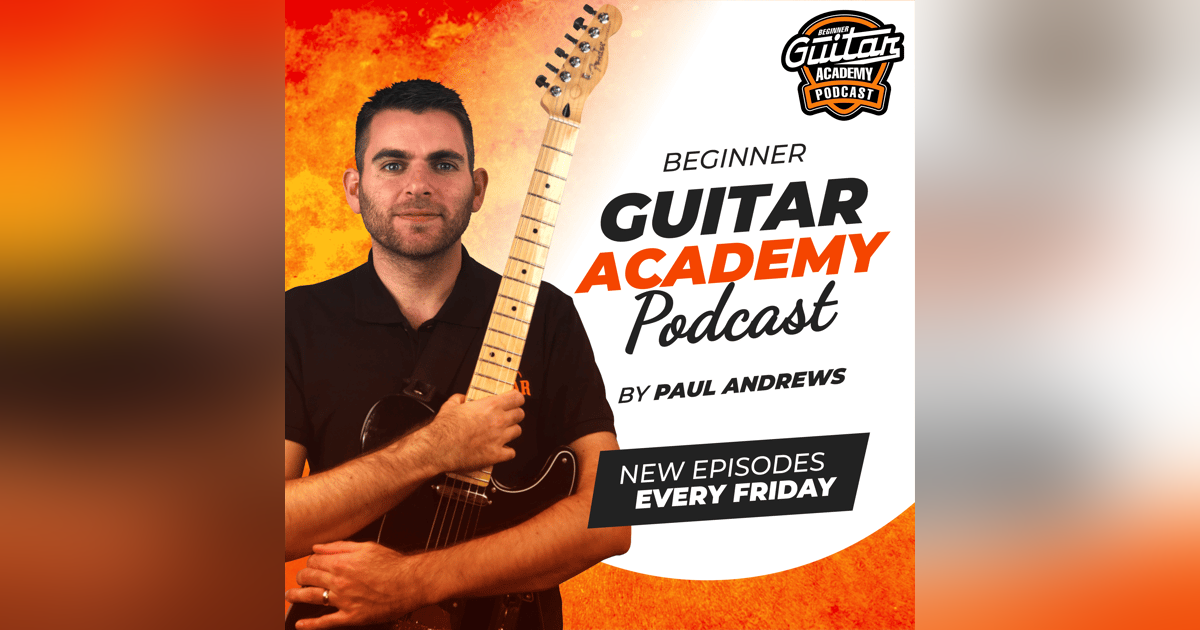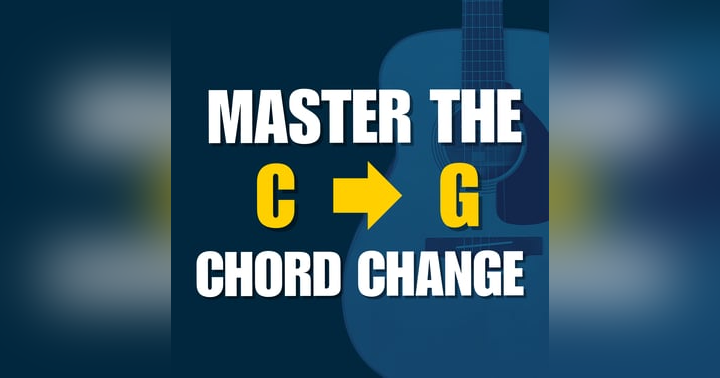The Beginner’s Guide to the British Invasion: Guitar Lessons from the 1960s

Welcome to a new month at the Beginner Guitar Academy Podcast! This July, host Paul Andrews is taking us on a journey through British guitar music—decade by decade. Our deep dive begins with one of the most influential movements in modern music history: the British Invasion of the 1960s. If you’re a beginner guitarist, this era offers a treasure trove of simple yet iconic techniques and songs that can supercharge your playing.
What Was the British Invasion?
The British Invasion kicked off with a bang in 1964, when bands like The Beatles and The Rolling Stones stormed the American charts. When The Beatles appeared on The Ed Sullivan Show, over 73 million people tuned in—and guitar shops were flooded with aspiring musicians. The guitar soared as the instrument everyone wanted to play.
But it wasn’t just about mop-top haircuts and screaming fans. Bands such as The Kinks and The Who quickly joined the movement, each bringing their own flavor:
-
The Beatles: Masters of open chords and catchy strumming (think “Love Me Do” and “I Want to Hold Your Hand”).
-
The Rolling Stones: Gritty blues-inspired rhythms and attitude (“Satisfaction”’s fuzzy three-note riff is unforgettable).
-
The Kinks: The birth of distorted riffs and early power chords with tracks like “You Really Got Me.”
-
The Who: Power chords with smashing guitars and wild energy, paving the way for punk.
These weren’t technical wizards—what set them apart was simplicity, style, and groove.
Essential Guitar Lessons from the 1960s
What can modern beginners learn from the British Invasion? Paul’s advice is as relevant now as it was then:
1. Keep It Simple
Most British Invasion songs rely on basic open chords: G, C, D, E, and A. Rhythm is king. “Love Me Do” is almost entirely a back-and-forth between G and C, making it perfect for practicing chord changes. Songs like “Can’t Explain” by The Who use just three chords!
2. Riff It Up
Simple two- or three-note riffs teach timing and picking accuracy. “Satisfaction” is a classic, repetitive, and super-fun for working on finger stretches and pull-offs.
3. Embrace Power Chords
Power chords opened the door to punk, rock, and metal. Once you get comfortable with shapes like F5 and G5 (“You Really Got Me”), you’ll be flying around the neck like your heroes. If you’re unsure about power chords, check out Beginner Guitar Academy’s dedicated workshop.
4. Add Some Style
Your playing comes alive through strumming techniques—muted strums, ghost notes, steady rhythms, and dynamics. These little details make basic chords sound exciting and professional.
Gear Talk: Vintage Sound, Modern Setup
The original bands used clean, bright amps like the Vox AC30 and iconic guitars—Rickenbackers, Telecasters, and Gretsches flew off the shelves. But don’t worry: any guitar and amp will get you close. Start with a clean tone, dial back the gain, and experiment with reverb and picking dynamics. It’s all about your hands!
Must-Try Songs from the British Invasion
Ready to put these lessons to the test? Here are some beginner-friendly classics Paul recommends:
-
“Love Me Do” (The Beatles): Master G-to-C chord changes. Great for strumming practice.
-
“You Really Got Me” (The Kinks): Essential power chord riffing—slide those shapes!
-
“(I Can’t Get No) Satisfaction” (The Rolling Stones): Work on finger stretches and basic riffing with this three-note classic.
All these songs (including step-by-step video tutorials and play-along tracks) are available to Beginner Guitar Academy members. Not a member yet? You can join for a two-week $1 trial and start practicing like a rock legend!
Your Challenge This Week
Pick one of the songs above, add it to your practice routine, and pay attention to how simple techniques create timeless, energetic music. If you’re in the Academy, let the community know your progress!
Stay tuned next week as we head into the 1970s for another decade of guitar evolution—Led Zeppelin, Black Sabbath, Queen, and Pink Floyd are waiting in the wings.
Until then: keep it simple, keep practicing, and channel some 1960s British flair into your playing. Britain’s revolution can be your revolution, too!
Want more deep-dives, tutorials, and exclusive resources? Subscribe to the podcast and visit bgapodcast.com/241 for this week’s Spotify playlist. Happy strumming!









